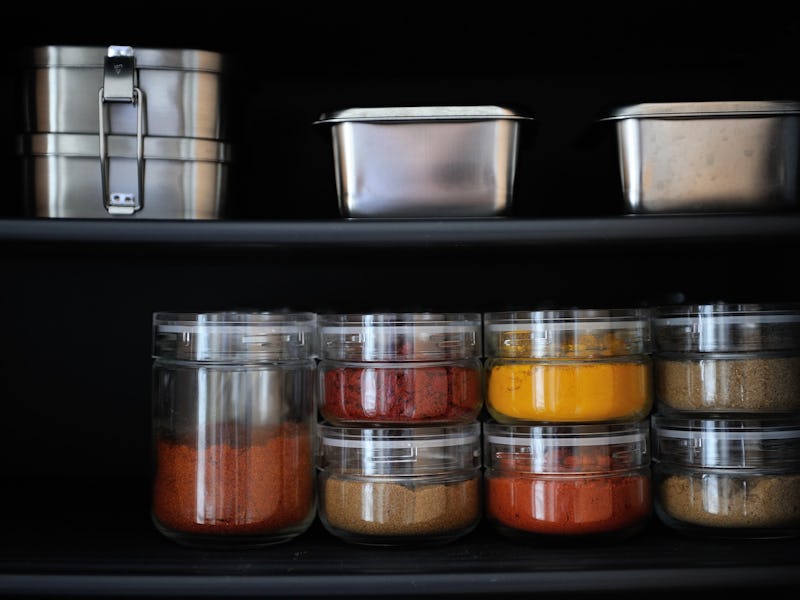The Science of Spices: How Your Food Gets Its Flavor
These ingredients come from many different plants and distinct plant parts, including leaves, seeds, bark and plant oils.

I love savory and spicy foods. Lasagna laden with basil and oregano. Beautifully golden curries infused with turmeric or rice flavored with saffron. I can’t pass up a cinnamon-dusted Snickerdoodle cookie. And some of my favorite childhood memories center on my mom’s nutmeg-infused sweet potato pie.
These ingredients come from many different plants and distinct plant parts, including leaves, seeds, bark, and plant oils. Their flavors are created by accumulated phytochemicals – substances the plants make. “Phyto” comes from the Latin word for plant.
Plants produce chemicals for different purposes. In my recent book, “Lessons from Plants,” I explore how plants use some of those compounds to communicate with one another.
Many of the chemicals that make up spice flavors can play important roles, such as protecting the plant against pests or pathogens. Known as secondary compounds, they can also help plants adapt to changes in the world around them. And, as spices, they communicate powerfully to our taste buds.
Harvesting Ceylon cinnamon in Sri Lanka involves a lot of handwork.
Common kitchen herbs like basil and oregano come from leafy plants. Essential aromatic oils that accumulate in the plant’s leaves produce their flavors. For basil, those oils are called eugenol and linalool; oregano gets its flavors from carvacrol and thymol. Oils from both of these herbs have medicinal uses against infections, pain, and swelling.
Other common spices, such as pepper and red chili, come from the berries or fruits of plants. Black pepper is made by grinding the small berries, known as peppercorns, from the plant Piper nigrum. Red pepper comes from ground-up dried chiles — small, hot-tasting fruits that grow on low bushes.
Turmeric spice comes from another plant part — the rhizomes, or underground stems, of the flowering plant Curcuma longa. Rhizomes often are confused with roots, but they are more like stems that grow sideways underground and help the plant spread. A relative of ginger, another rhizome-derived spice, turmeric is beautifully orange and is used in a range of cooking that includes my beloved curries.
Saffron is from the red-colored, threadlike stigmas of the plant Crocus sativus. The stigma is one component of the female part of a flower. Saffron is one of the most expensive spices because harvesting stigmas is very labor-intensive — it’s typically done by hand with tweezers. Saffron is high in antioxidants and has been used as a medicine, dye, and perfume.
Cinnamon, which cooks use in all kinds of baked goods, is derived from yet another plant part: the inner bark of tree species from the genus Cinnamomum. The phytochemical that gives cinnamon its distinctive smell and its rich woody flavor is the aromatic compound cinnamaldehyde.
Rich in antioxidants, cinnamon may help control blood pressure and reduce inflammation. It also has natural antifungal and antimicrobial properties that may serve to protect the trees that produce it.
The dried nutmeg my mom used in her legendary pie comes from grinding the seed of the tropical evergreen tree family Myristica fragrans. The same plant produces another spice called mace, which is often used to flavor baked custards and to spice sausages or other meat.
Plants can teach us all kinds of meaningful lessons. One of their powerful truths is that variety is literally the spice of life. I’m thankful for their tasty chemical defenses every time I cook.
This article was originally published on The Conversation by Beronda L. Montgomery at Grinnell College. Read the original article here.
This article was originally published on